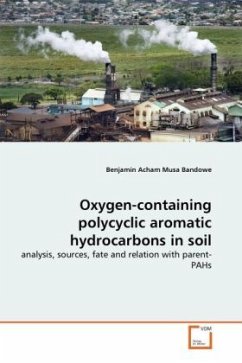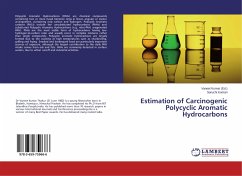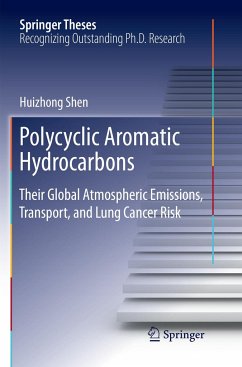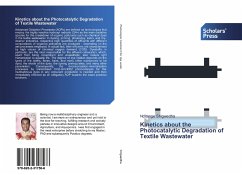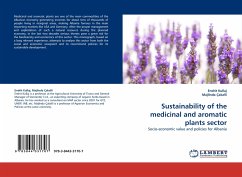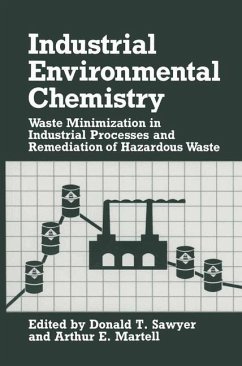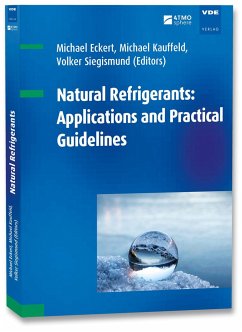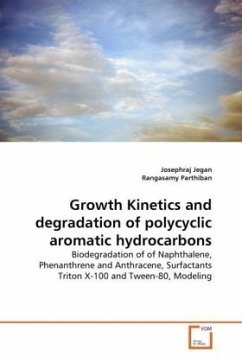
Growth Kinetics and degradation of polycyclic aromatic hydrocarbons
Biodegradation of of Naphthalene, Phenanthrene and Anthracene, Surfactants Triton X-100 and Tween-80, Modeling
Versandkostenfrei!
Versandfertig in 6-10 Tagen
45,99 €
inkl. MwSt.

PAYBACK Punkte
23 °P sammeln!
Biodegradation of Naphthalene, Phenanthrene and Anthracene by Micrococcus sp., Rhodococcus sp. and Pseudomonas putida were studied. The effects of pH, glucose concentration and inoculum concentration were investigated. Maximum degradation and high microbial growth were observed at pH (7), glucose concentration (500ppm) and inoculum concentration (3%). To investigate the maximum tolerance potential for the selected bacteria, naphthalene (500 5000ppm), Phenanthrene and Anthracene (50-500 ppm) were used in the presence of non-ionic surfactants. The examined surfactants (Triton X-100 and Tween-80)...
Biodegradation of Naphthalene, Phenanthrene and Anthracene by Micrococcus sp., Rhodococcus sp. and Pseudomonas putida were studied. The effects of pH, glucose concentration and inoculum concentration were investigated. Maximum degradation and high microbial growth were observed at pH (7), glucose concentration (500ppm) and inoculum concentration (3%). To investigate the maximum tolerance potential for the selected bacteria, naphthalene (500 5000ppm), Phenanthrene and Anthracene (50-500 ppm) were used in the presence of non-ionic surfactants. The examined surfactants (Triton X-100 and Tween-80) increased the bioavailability of hydrocarbons to the microbes. However, the degradation potential decreases as the naphthalene concentration increases and for the other two hydrocarbons, the degradation potential increases as the hydrocarbon concentration increases. Very high naphthalene concentrations affected the growth of microbes and the substrate inhibition kinetics was described usingfour models (Haldane, Webb, Edward and Aiba). Based on correlation coefficient and percentage error values, all four substrate kinetic models were able to describe the dynamic behavior of biodegradation



